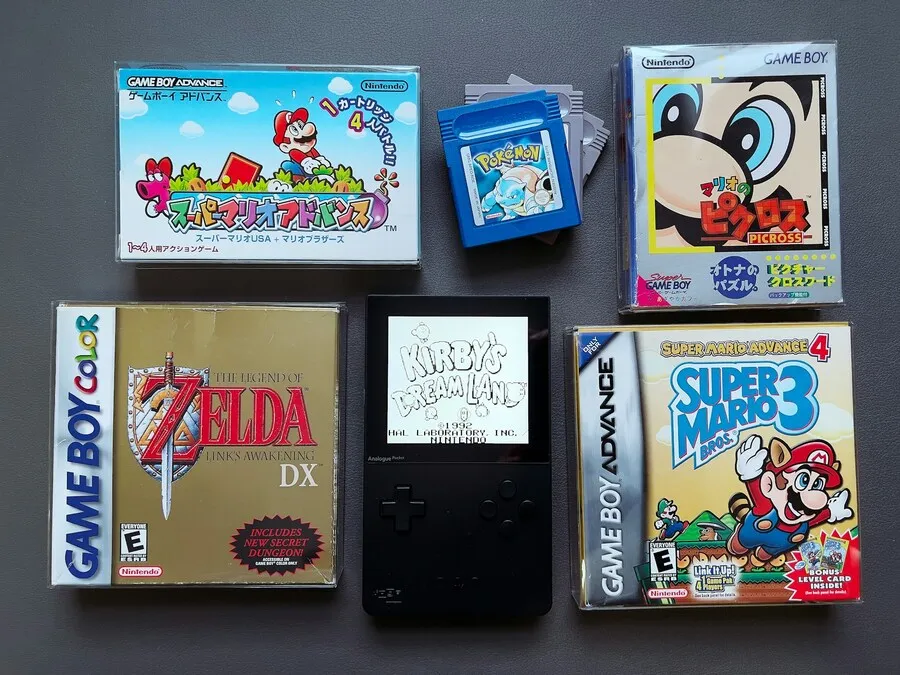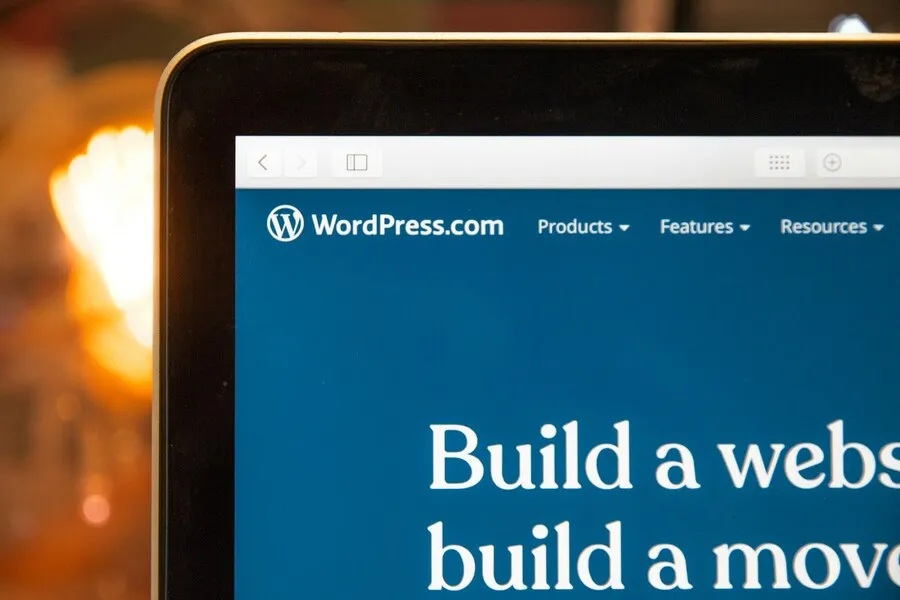Today’s website owners must address several concerns at the same time. Not only does a successful online business need to stand out from the competition, but it must please an international client base. One element that can make or break an ecommerce shop is its design. The best ecommerce sites are both aesthetically pleasing and functional. They must be easy to navigate, easy to find online, and offer a unique product or service. With that in mind, you can take a look at some of today’s top web design trends to pick and choose those which will make your website more successful.
Minimalism
When designing an ecommerce shop, it’s natural to want to go big and bold with your design. However, think about your own favourite online shopping experiences before you get started. If you take a look at the most successful websites on ecommerce platforms like Shopify, you’ll find that many of them embrace a cool, minimalist aesthetic. Crisp edges, white space, and flat images are popular design touches now used by many designers to create an online shop that’s easy to use and optimised for any viewing device. A minimalist background can also make your products really pop.
Display and Promo Videos
Although clear, high-quality photos are a must for any ecommerce store, more and more ecommerce websites are now using video displays as well. This is particularly important if you are selling clothing or any other product that would benefit from being shown in a three-dimensional format. You can use videos to provide a better view of your product, or to demonstrate how it works. These are also well-designed for sharing on social media networks.
Local Design in a Global Market

One of the major benefits of opening up an ecommerce business is that you can serve customers around the globe. Yet at the same time, don’t neglect your local market. As you start to design your website, it can be helpful to bring in a local Chicago web design team or whichever city you are based in, who can incorporate a more localised shopping experience. Colour preferences, local slang, and localised sales can all help you build a strong following both at home and abroad. This can make your products seem more exotic to foreign customers, while at the same time providing a more personalised experience for those living close by.
Enhanced Security Features
Building the latest security features into your web design is a great way to give your customers added peace of mind. Be sure to use an ecommerce platform which provides adequate security features, or speak to your web developer about which options are available. Features like one-page checkout systems can make customers feel more secure about placing an order.
Mobile Optimisation

More and more consumers are making purchases using their smartphones and tablets. The best ecommerce shops will translate well to these venues. You can either choose to create a site that can be easily navigated both on a traditional device or a smartphone, or create a separate mobile site for smartphone users. Responsive design is a way to create a website which can adapt itself to any screen size and resolution, creating an optimal user experience.
To succeed in ecommerce, it’s worth taking these trends into consideration and thinking about how they could fit into your site’s design.


















4 Responses
The concept of ‘less is more’ is widely adopted by the must successful sites. Users expect richer content and more sophisticated functionality, but it does not mean the site has to be plastered with bold images and filled with onsite applications. users will only be overwhelmed, get frustrated and leave the site… not to mention that it will slow down the site’s response time… another big pet peeve for most users. If your site takes more than 3 seconds to load, start to see a dip in conversion and sales.
In terms of usability, definitely anticipate that users will be accessing the site with different devices… also be wary that the breakdown may vary in different parts of the world. More people in Asia will probably access the site with smartphones vs. in the US. Another element to be cautious about is network latency… the further away your users are from the site, the longer it will take for the site to load/respond. So if your site is hosted in the US and you are selling to Russians, there will most likely be a lag in Russia. You can either invest in hosting solutions in Russia or look into a content delivery network (CDN)
Thanks for comment William, one downside of storing media resources on the content delivery network is that all your content is served from 3rd party servers / url’s and ecommerce site owner doesn’t have full control over these. For example, if in the future owner decides to host media on his own servers back again it will be not so easy to achieve as url structure will be ‘locked’ to CDN network. Just some thoughts.
You are absolutely right and that can be a problem with some CDNs. However, most major CDNs provide the site owner with the ability to make configurations and mask the CName provided. Major sites like apple.com or nfl.com (more than certain they use a CDN) deliver a ton of media across the internet, but the user will never get a sense that it is being delivered by a 3rd party… the origin URL provided by the CDN is always masked with the owner’s domain.
As for new file uploads, no new files are ever directly uploaded to the CDN servers. the CDN’s edge servers will always pull the files from the origin server upon the initial request… or whatever rule the owner would like to set.
Hope this makes sense.
It does. If configured correctly, I’m sure CDN’s provide great value improving site speed etc. Specially if ecommerce site serves lots of media.